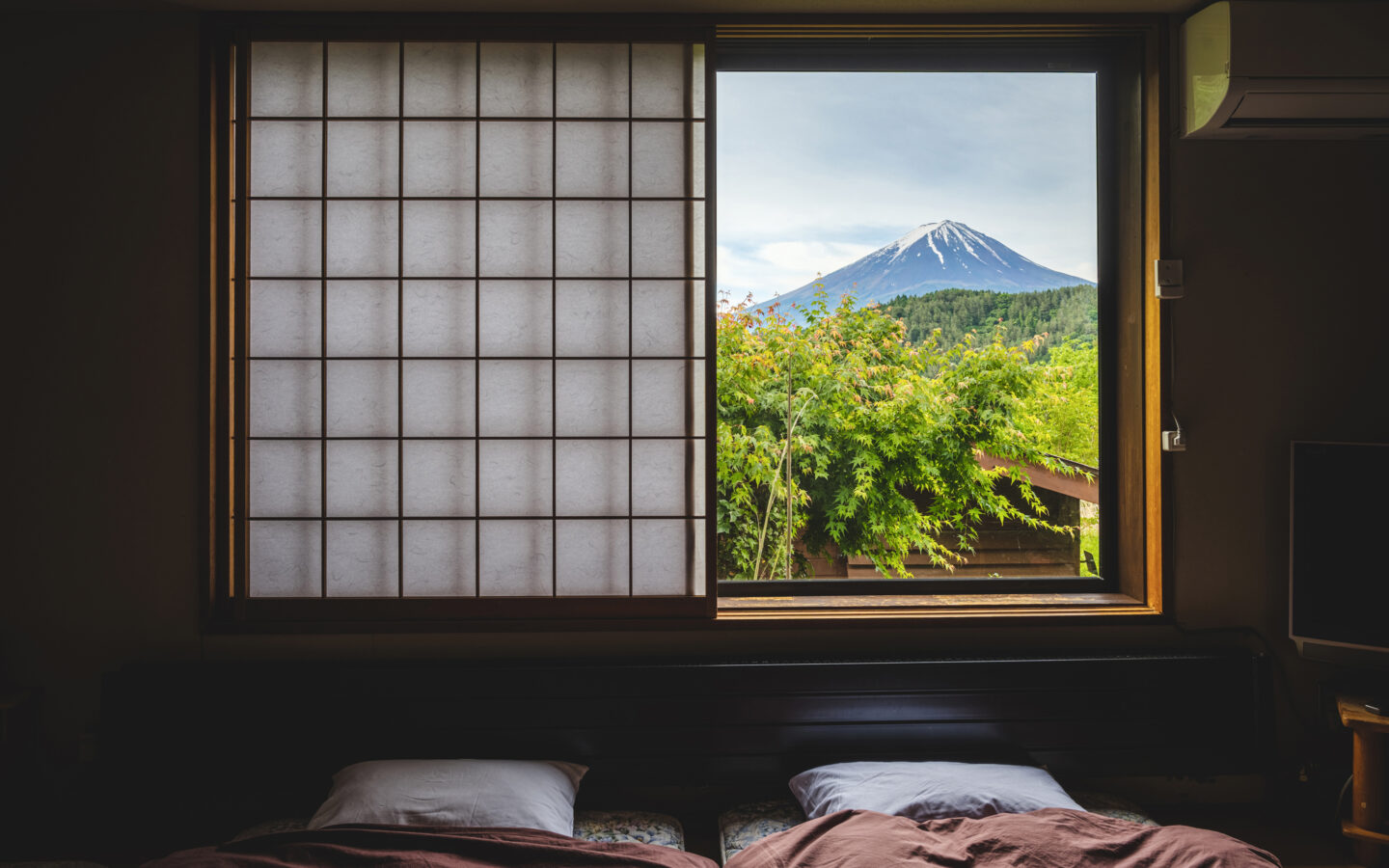Japan Has Nearly 100,000 Centenarians: Here’s What They Can Teach Us About Longevity
Leslie Taylor
From mindful eating to community and daily movement, here are five science-backed [lon-jev-i-tee]nounLiving a long life; influenced by genetics, environment, and lifestyle.Learn More habits inspired by Japan’s record-breaking centenarians.
Japan just hit a new milestone: nearly 100,000 people are now 100 years old or more. That’s 99,763 centenarians, according to a September 2025 report from the Ministry of Health, Labour and Welfare, the highest figure on record, and the 55th straight year the number has risen. Women make up 88% of this group.
It’s a remarkable moment, but also a reminder: longevity is not an accident. It’s the outcome of habits, environments, and values that add up over a lifetime. And while genetics play a role, peer-reviewed studies point to lifestyle and culture as the primary drivers.
So what can people who want to extend not just their years, but their [helth-span]nounThe number of years you live in good health, free from chronic illness or disability.Learn More take away from Japan’s longevity story? Let’s unpack:
Five Longevity Lessons from Japan’s Centenarians
1. Eat the “Japanese Pattern”
The traditional Japanese diet is rich in soybean products, fish, vegetables, rice, seaweed, miso soup, pickles, and green tea, and relatively low in red meat, saturated fat, and processed foods. Large cohort studies link this dietary pattern to lower [awl kawz mawr-tal-i-tee]nounThe risk of death from any cause.Learn More, reduced dementia risk, and longer disability-free life. Even more striking: men who adhered to the “healthy Japanese diet” showed slower epigenetic aging, their biological clocks ticked more slowly than peers eating differently.
Try it: Think fish, plants, soy, fermented foods, and green tea. Ditch the processed foods. This is a proven way to keep your biology younger than your years.
2. Practice Hara Hachi Bu: Mindful Moderation
In Okinawa, one of Japan’s longest-lived regions, people follow the Confucian-inspired principle of hara hachi bu, eating until they are about 80% full. This form of natural caloric restriction helps prevent overeating, lowers obesity rates, and reduces the risk of metabolic disease. Combined with nutrient-dense staples like vegetables, tofu, and fish, it helps explain why Japan’s obesity rates are among the lowest in the developed world and why age-related diseases like [hahrt dih-zeez]nounConditions affecting heart health and circulation.Learn More, diabetes, and certain cancers are less common.
Try it: Practice hara hachi bu at your own table: stop eating when you feel satisfied, not stuffed. Swap excess for essentials. Eating with awareness and moderation builds decades of protection.
3. Keep Your Salt in Check
For decades, high salt intake drove high rates of stroke and stomach cancer in Japan. But public health measures and cultural shifts reduced sodium intake, and death rates from those conditions plummeted.
Try it: Watch your sodium. It’s a stealthy driver of high blood pressure and vascular aging. Small reductions add up to decades of brain and heart protection. If you’re eating a whole food diet, salt intake may not be an issue. Moderation is key.
4. Movement, Community, and Purpose Keep You Young
In Japan, movement isn’t confined to the gym, it’s woven into daily life. Walking to the market, tending a garden, cycling, or joining neighborhood sports and hobby groups all contribute to longer, healthier years. Research shows that Japanese adults who walk more live longer without disability, and those who participate in social or sports groups have a significantly lower risk of functional decline. Even the built environment, safe sidewalks, parks, and community spaces, supports activity and connection, reinforcing longevity
Try it: Pair physical activity with social participation and purpose. Friends, family, and community are as protective as the steps you take.
5. A Strong Social Safety Net Supports Longevity
At Super Age, we aim to provide actionable service journalism. And although you can’t single-handedly change the system of care in your country, Japan’s community-based care, universal health system, and cultural respect for older adults create an environment where people can live with dignity. Research shows that equitable access to healthcare and preventive services contributes to Japan’s low midlife mortality and high survival into advanced age. Plus, it’s not just medical care, policies that encourage social participation and public investment in walkable neighborhoods all extend healthspan.
Takeaway: Prioritize preventive care, use community resources, advocate for supportive policies, and invest in safe environments, physical and social, that keep you connected and cared for. Longevity thrives where care is accessible, reliable, and shared.
Focus on Healthspan, Not Just Lifespan
Japan’s centenarians aren’t just living longer; many remain remarkably independent well past 80 and 90. Research shows that lifestyle choices, diet, movement, community, and purpose, slow biological aging markers like epigenetic clocks and inflammatory load.
Try it: Don’t chase years. Invest in vitality. The habits that keep you spry at 70 will carry you strong into your 90s and beyond.
This week, try adding one Japanese-inspired element to your life: a green tea habit, a serving of fish, a mindful walk with a friend. These small shifts are the scaffolding of super aging.
Read This Next
The information provided in this article is for educational and informational purposes only and is not intended as health, medical, or financial advice. Do not use this information to diagnose or treat any health condition. Always consult a qualified healthcare provider regarding any questions you may have about a medical condition or health objectives. Read our disclaimers.

